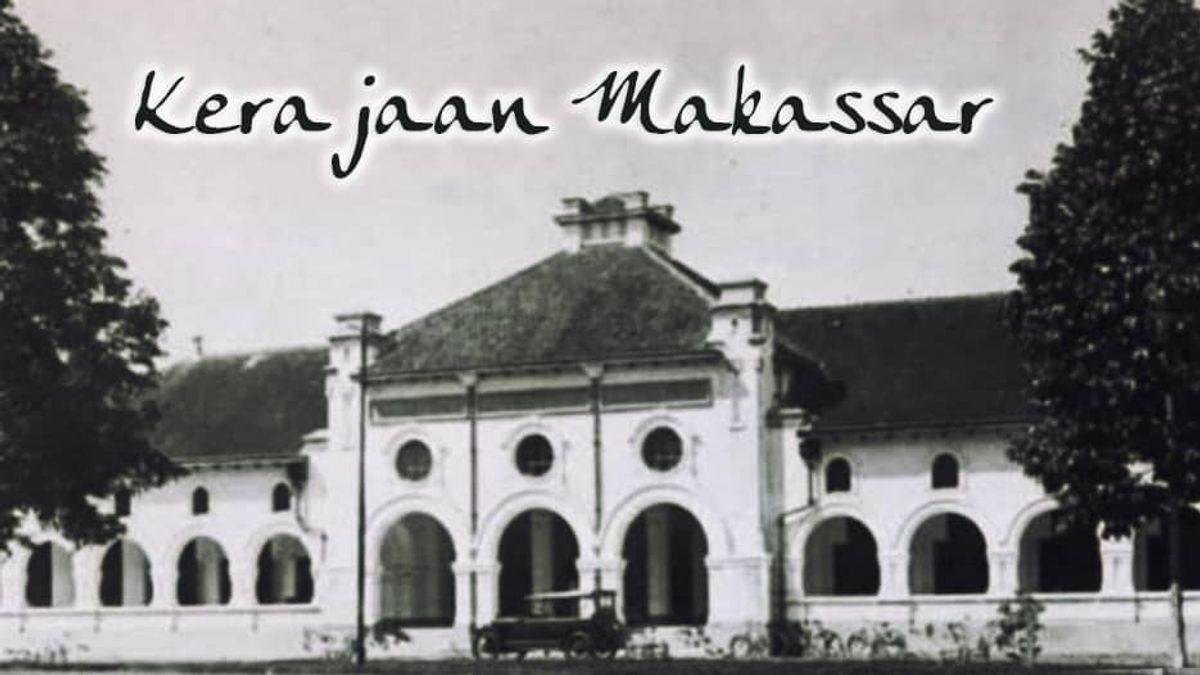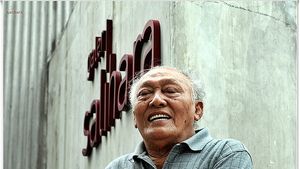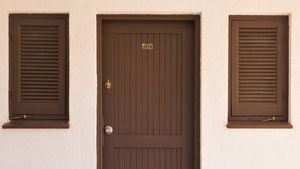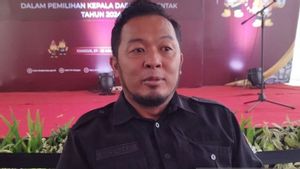JAKARTA - If you look at the historical sources of the Makassar Kingdom, this kingdom was founded in the 16th century AD. Initially the Makassar Kingdom consisted of two kingdoms, namely the Kingdoms of Gowa and Tallo. Then the two united under the leadership of the King of Gowa, Daeng Manrabba.
After embracing Islam, Daeng Manrabba had the title Sultan Alauddin. Although the King of Tallo himself was Karaeng Mattoaya with the title Sultan Abdullah, the union of the two kingdoms coincided with the spread of Islam in South Sulawesi.
Initially, efforts to spread Islam from Java to Makassar did not bring much success. Likewise, the efforts of Sultan Baabullah of Ternate who supported the rulers of Gowa-Tallo to convert to Islam.
Islam was only able to take a strong stand in Makassar thanks to the efforts of Datok Ribandang from Minangkabau. In 1650, the rulers of Gowa and Tallo embraced Islam. On their respective journey, the two sibling kingdoms were hit by wars for years, until when Gowa was led by King Gowa X, the Kingdom of Tallo suffered defeat.
The two twin kingdoms became one kingdom with the agreement "rua karaeng se're ata" (two kings, a servant). As a result, the Kingdom of Gowa and the Kingdom of Tallo merged the center of government of the Makassar Kingdom which was located in Sombaopu.
The location of the Makassar Kingdom is very strategic because it is in the shipping traffic between Malak and Maluku. The location attracts traders to stop off at Sombaopu Port. In a short time, Makassar developed into an important port in eastern Indonesia.
At first, there were nine social groups in Gowa, known as Bate Salapang (Nine Flags). They then became the centers of the Kingdom of Gowa: Buttono, Lakiung, Parang-Parang, Data, Agangjene, Saumata, Bissei, Sero and Kalili.
Through various methods, either peacefully or coercively, other social groups joined forces to form the Kingdom of Gowa. The story of a predecessor in Gowa begins with Tumanurung as the founder of the Gowa Palace.
But another Makassar culture tells of four people who preceded the arrival of Tumanurung, the first two, namely Batara Guru and his brother. The Sultanate of Gowa is one of the largest and most successful kingdoms in the South Sulawesi region.
The people of this kingdom come from the Makassar tribe who live on the southern tip and west coast of Sulawesi. This royal area is now under Gowa Regency and parts of its surrounding areas.
This kingdom had the most famous king, Sultan Hasanuddin, who at that time carried out a war known as the Makassar War (1666-1669) against the VOC. They were assisted by the Bone Kingdom which was ruled by a Bugis tribe with its king Arung Palakka.
The Makassar War was not a war between tribes, because the Gowa had allies from the Bugis. Likewise the Dutch-Bone party which had allies of the Makassar people. The Makassar War was the biggest VOC war that had occurred in the 17th century.
Legacy of the Makassar KingdomBalla Lompoa Palace
This palace is located in Sungguminasa Village, Somba Opu District, Gowa Regency. This palace was founded by the 35th King of Gowa, I Mangimangi Daeng Matutu Karaeng Bonionompo Sultan Muhammad Tahir Muhibuddin Tumenangari Sungguminasa.
At that time the palace with 54 pillars, six windows on the left side and four windows in front functioned as the Balla Lompoa Museum which housed royal objects.
The King of Gowa Tallo dining complex
Based on historical sources of the Makassar Kingdom, the tomb of the Tallo kings is an area of ancient tombs that was used from the XVII century to the XIX century AD. The location is in RK 4 Tallo Environment, Tallo District, Ujungpandang Municipality.
The location of the tomb is located on the west bank of the mouth of the Tallo River or in the northeast corner of the Tallo fort area.
Katangka Mosque
Katangka Mosque was founded in 1605 AD Since its establishment, the Katangka Mosque has undergone several renovations.
The restoration was carried out in succession by Sultan Mahmud (1818), Kadi Ibrahim (1921), Haji Mansur Daeng Limpo, Kadi Gowa (1948), and Andi Baso, Pabbicarabutta Gowa (1962). It is very difficult to identify the earliest (original) components of the oldest mosque in the Kingdom of Gowa.
Fort Rotterdam
Fort Rotterdam or Ujung Pandang Fortress (Jum Pandang) is a fortress from the Kingdom of Gowa-Tallo. The location of this fort is on the west coast of Makassar City, South Sulawesi. This fort was built in 1545 by the 9th King of Gowa named I manrigau Daeng Bonto Karaeng Lakiung Tumapa'risi 'kallonna.
The Indigenous Social Life of the Kingdom of Makassar
The Makassar Kingdom as a maritime empire with the source of people's livelihoods during trade shipping activities, therefore most of its culture was influenced by this situation. The cultural products that are familiar from Makassar are the Pinisi and Lambo boats. Apart from that, other cultures have also developed such as building arts, literary arts, sound arts and so on.
* In addition to historical sources of the Makassar kingdom, follow other domestic and foreign news only at VOI, Time to Revolutionize the News!
MEMORY OtherThe English, Chinese, Japanese, Arabic, and French versions are automatically generated by the AI. So there may still be inaccuracies in translating, please always see Indonesian as our main language. (system supported by DigitalSiber.id)









